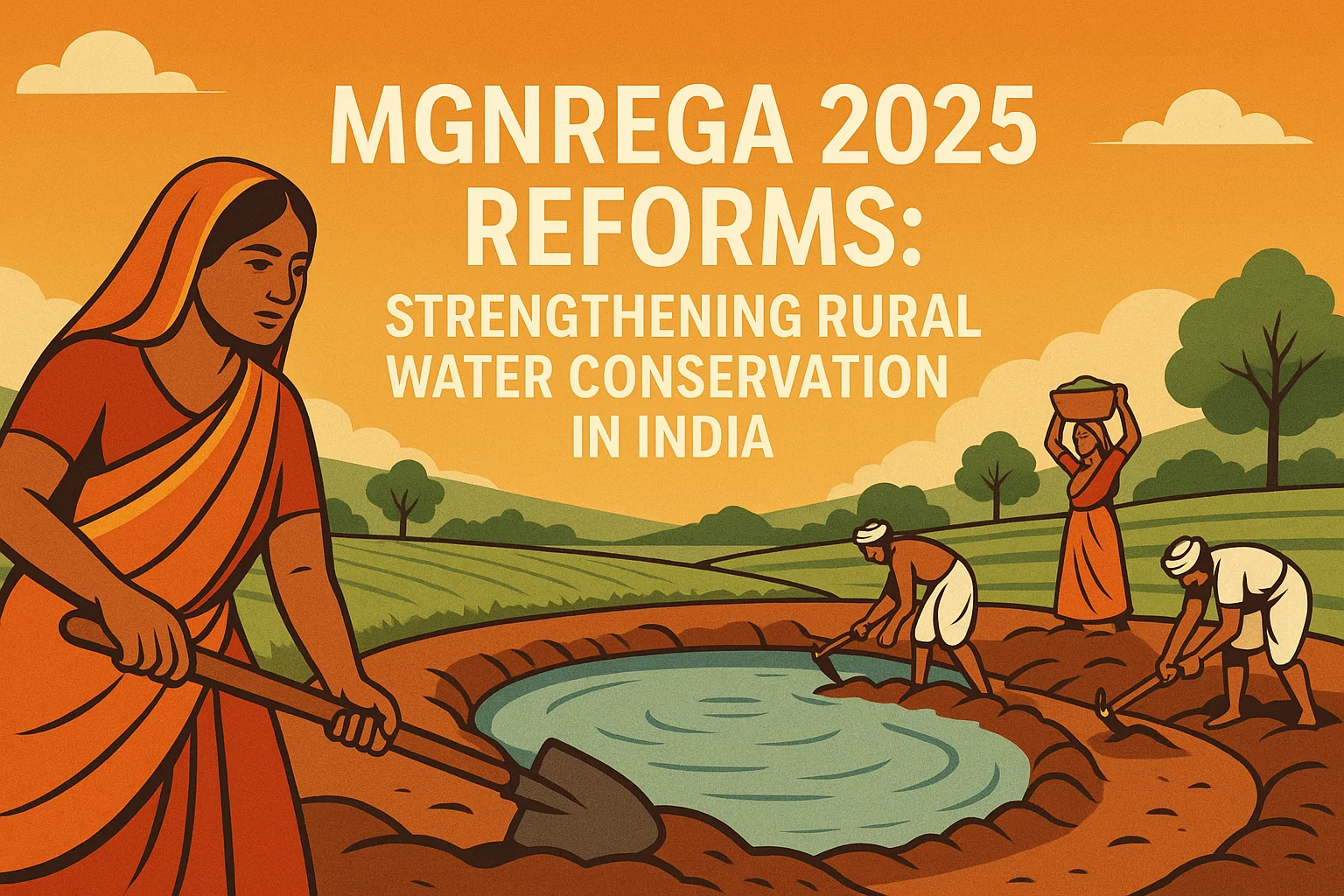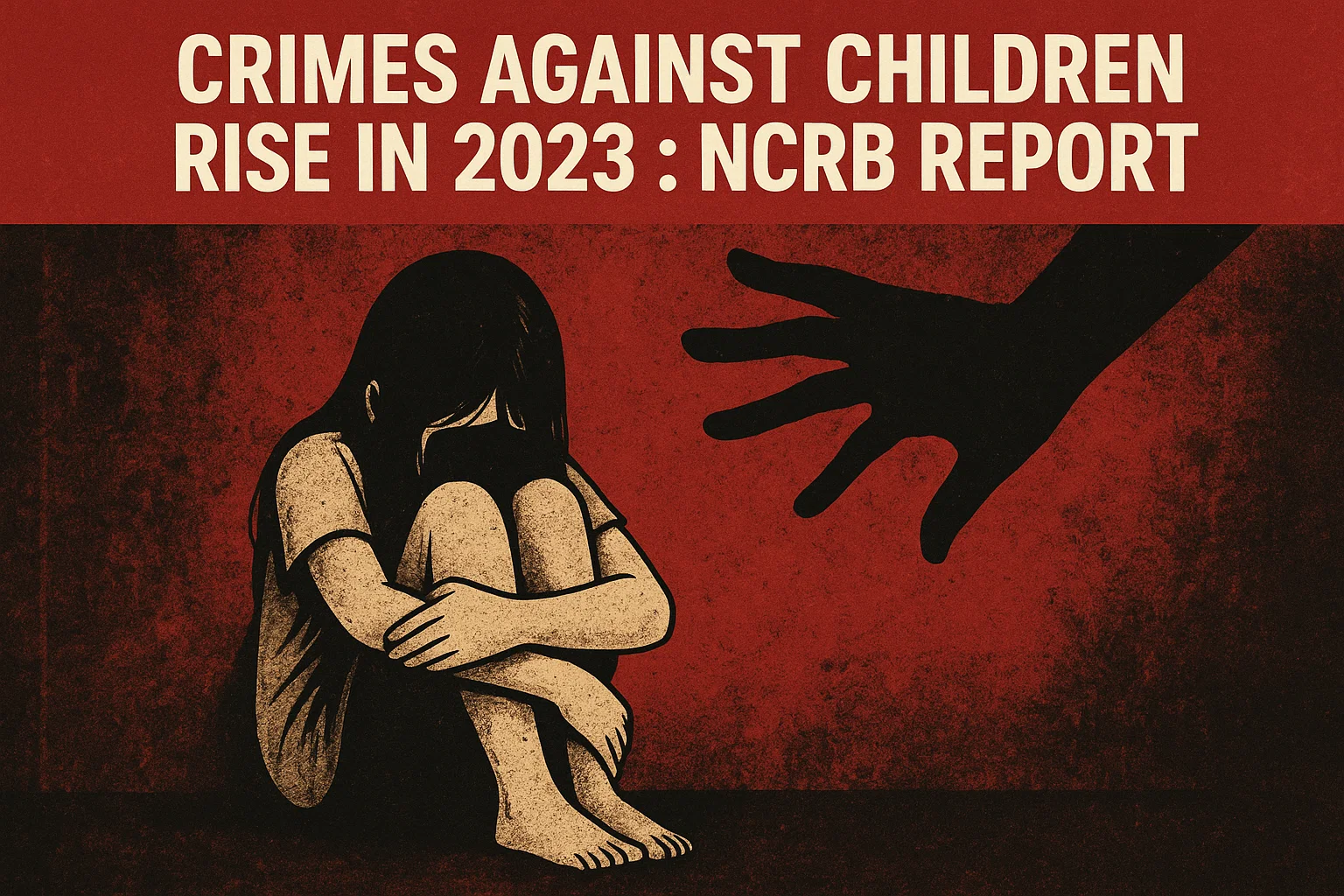Font size:
Print
Fight for Just Development and Climate Justice
The women who remain largely invisible
Context:
Across India and South Asia, women have been the driving force behind grassroots resistance to unjust development, environmental degradation, and extractivist projects.
More on News
- From opposing destructive mining operations to challenging large-scale infrastructure and nuclear projects, women have consistently stood on the frontlines.
- However, when it comes to policy-making and formal consultations, their leadership is often rendered invisible.
Women at the Forefront of Environmental Resistance
- Environment and Rights Movements: From the dense forests of Odisha to the fishing villages of Tamil Nadu, women are leading powerful environmental and community rights movements.
- In Odisha’s Sijimali, women continue to resist mining activities that threaten their forest-based livelihoods, despite facing police violence.
- In Jharkhand’s Dewas region, Adivasi women are actively halting coal mining to protect ancestral lands.
- On the Tamil Nadu coast, women from fishing communities have sustained long-standing protests against the Kudankulam Nuclear Power Plant.
- More than Protests: These movements are more than protests—they are assertions of community-led, sustainable development rooted in deep ecological knowledge and lived experience.
- Yet, these same women are often excluded from formal decision-making processes, especially those governed by the principle of Free, Prior and Informed Consent (FPIC).
Systemic Exclusion from Land and Climate Governance
- Systemic Exclusion: Despite their central role, women across South Asia face systemic exclusion from land rights and climate governance.
- Male-led: Community meetings are predominantly male-led, and women—especially those without formal land titles—are sidelined.
- Sidelined: Their insights, often dismissed as emotional or anecdotal, are deeply grounded in socio-environmental realities and traditional ecological knowledge.
- For example, in Bangladesh’s Phulbari, women mobilised against open-pit coal mining and endured violent crackdowns.
- India’s Narmada Bachao Andolan, led by Medha Patkar, brought international attention to the human cost of large dams.
- Lack of Policy Responses: Yet, policy responses rarely address the specific gendered impacts of displacement, loss of livelihood, and inadequate rehabilitation.
Legal Provisions Exist — But Implementation Falls Short
- Weak Implementation: While several legal frameworks in South Asia aim to protect women’s land rights, implementation remains weak.
- India’s Forest Rights Act (2006) and PESA Act (1996) mandate women’s participation in Gram Sabhas and grant them rights to forest resources.
- Nepal’s Joint Land Ownership Policy and Bangladesh’s Khas land distribution programme prioritize women, at least on paper.
- Held by Males: However, in practice, land titles are typically held by male heads of households.
- Displaced women are frequently left out of compensation schemes, and customary laws override statutory protections—especially in tribal areas.
- No Comprehensive Policy: There is still no comprehensive gender-sensitive land policy at the national level in India, and state-level programmes often overlook widows, single women, or those without documentation.
Climate Change Deepens Gender Inequality
- Gender Disparities: Climate change is intensifying gender disparities in South Asia.
- As extreme heat, water scarcity, and environmental degradation rise, women are bearing the brunt.
- They travel longer for water, manage sick family members, and work harder for fewer returns.
- Yet, they are rarely included in decisions about climate adaptation, resilience planning, or rehabilitation efforts.
- Global Standards: International standards increasingly refer to FPIC, but few frameworks truly integrate gendered perspectives.
- Consultations often occur in unsafe or male-dominated environments where women cannot freely speak.
- Consent, in these cases, lacks legitimacy if it excludes women’s voices or fails to account for long-term social and ecological consequences.


